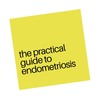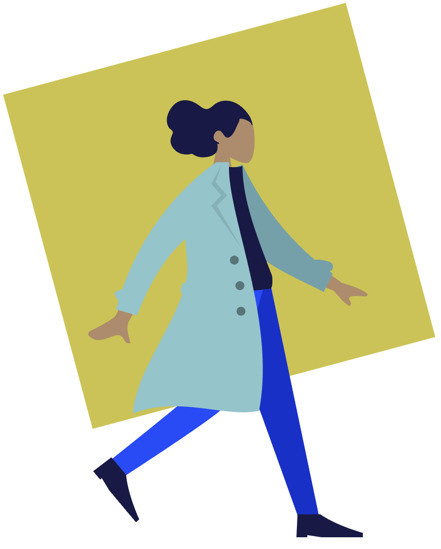What's endometriosis? Endometriosis is a disease where cells similar to those in the uterine lining begin growing outside the uterus, on other parts of the body. These cells still behave as if they are in the uterus, so when a monthly period comes around, these cells bleed. Since they’re in the wrong spot, with no exit point, the blood is stuck inside the body—which is incredibly painful.
On a very high level, endometriosis is essentially internal bleeding or monthly hemorrhaging. Do those words grab your attention more than “uterine-like cells in other places”? Good, because that’s what’s happening to people with endo. Endometriosis, or endo for short, wreaks havoc on the body. Endo turns on an inflammatory response system, creates blood supplies, distorts muscles and takes over the body’s systems in a very sophisticated way. |
Symptoms of endometriosis include:
|
Interestingly, endometriosis symptoms are not related to the severity of the condition. One woman with stage 1 endo might have all of the symptoms above, and another person with stage 4 endo might have no symptoms.
Mental Health Considerations
|
It’s worth noting that due to the chronic nature of endometriosis and its impacts on quality of life, women with endometriosis may experience:
|




